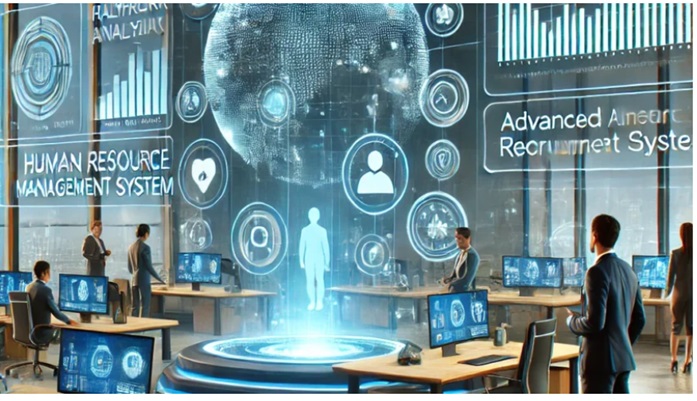HRMS Globex is a cloud-based Human Resource Management System designed to centralize and simplify HR tasks for organizations of all sizes. It manages employee information, payroll, attendance, and performance reviews through one integrated platform.
It streamlines HR processes by consolidating multiple functions into a single system, making workforce management more efficient and less time-consuming. This allows HR teams to focus on strategic tasks rather than administrative paperwork.
With its modern technology and user-friendly interface, HRMS Globex supports startups and large enterprises alike, ensuring that all employee data is securely managed from onboarding to exit.
Key Features of HRMS Globex
HRMS Globex offers a range of tools designed to streamline HR tasks and improve operational efficiency. It provides an integrated approach that addresses employee data management, self-service capabilities, and seamless payroll processing.
Core HR Management Capabilities
HRMS Globex centralizes employee information, making it easy to store and access records such as personal details, job history, and compensation data. It supports recruitment by automating applicant tracking and onboarding processes, which reduces manual workload.
The system also facilitates performance management by enabling goal setting, evaluations, and feedback collection. Compliance tracking and reporting features help organizations meet regulatory requirements efficiently.
Employee Self-Service Tools
The employee self-service (ESS) feature empowers staff to update personal details, view payslips, and submit leave requests without HR intervention. This reduces administrative burden and accelerates routine processes.
Employees can also access training materials and track their development progress within the platform. ESS enhances transparency and engagement by giving employees more control over their HR-related activities.
Payroll and Attendance Integration
HRMS Globex integrates payroll functions with attendance tracking systems to ensure accurate salary calculations based on attendance data. This integration eliminates errors common with manual data entry.
It automates tax deductions, benefits administration, and compliance with labor laws. Payroll reports are generated automatically, providing HR with clear insights into wage costs and attendance patterns.
Implementing HRMS Globex
Implementing HRMS Globex involves careful attention to system setup, transferring existing employee data, and training users. Each of these steps ensures the platform functions smoothly and maximizes its benefits.
Setup and Configuration Process
The setup begins with identifying the company’s specific HR needs to tailor the system accordingly. Configuration involves defining user roles, setting permissions, and integrating modules relevant to payroll, attendance, and performance management.
System administrators must also configure workflows to match organizational procedures, ensuring automation functions as intended. Integration with existing software like accounting or communication tools is crucial to maintain data consistency and streamline processes.
Testing the configuration before full deployment helps identify errors and ensures all components work as expected. This reduces downtime and improves operational efficiency once HRMS Globex is live.
Data Migration Considerations
Data migration requires careful planning to transfer employee records, payroll history, attendance logs, and performance data accurately. It is essential to clean and validate data to prevent errors during import into HRMS Globex.
Backup of original data before migration is mandatory to avoid losses. The migration process should follow a step-by-step approach: export, transform, and import.
Ensuring compatibility between existing data formats and HRMS Globex’s system prevents data corruption. Adequate testing post-migration verifies successful transfer and data integrity.
User Training and Support
Training addresses both HR staff and general employees who will interact with HRMS Globex. Structured sessions focus on navigating the system, using specific modules, and accessing self-service features.
Providing detailed user manuals and quick reference guides supports ongoing learning. Training can include live demonstrations, hands-on exercises, and Q&A sessions.
Continuous support through help desks or online resources assists users in overcoming challenges post-implementation. Frequent updates and refresher training keep teams aligned with new features or changes.





Leave a Reply